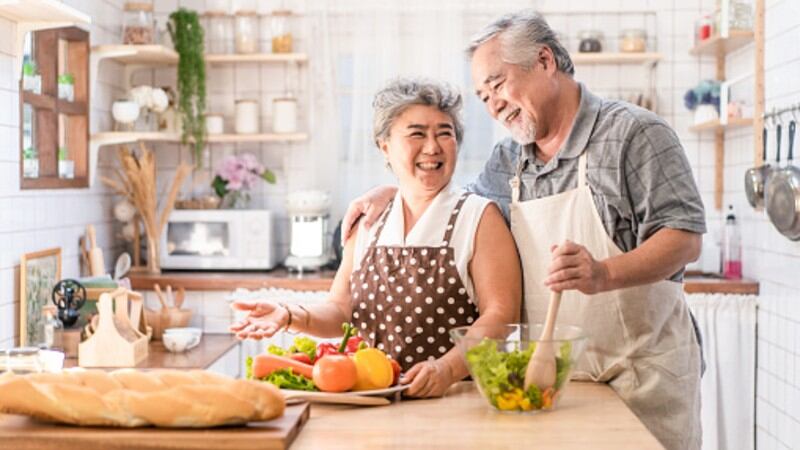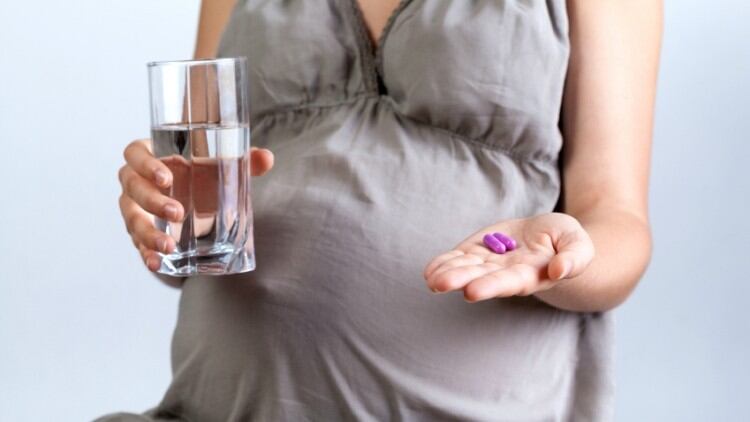Guests included Welsh government Deputy Director of Food Division Keith Smyton, Cardiff Metropolitan University ZERO2FIVE Food Industry Centre Director Professor David Lloyd, Junlebao Nutrition Research Institute Director Celia Yibing Ning, Malaysian Dietary Supplements Association (MADSA) Secretary Ee Fern Wong and Vitality Foods Co-Founder Raavee Shanker.
The panel discussion was hosted by FoodNavigator-Asia and NutraIngredients-Asia Editor-in-Chief Gary Scattergood.
According to the panel, in this day and age consumers are now demanding to know more about the science behind the products they are purchasing, which has greatly elevated the importance of scientific validation in the field.
“A lot more consumers are now looking at the science behind the purchases they are making compared to before, especially the younger generation and those in their sixties and seventies that are paying a lot more attention to the healthy ageing process,” Ning told the floor.
“One of the main drivers behind this is increased buying power – as this goes up, consumers now have the luxury of looking for better products which when it comes to the healthy ageing category tends to mean more science-driven products that they can have more confidence in.
“The other major driver here is that the education levels of consumers are also on the rise in the APAC region, with a lot more consumers across the different age groups now having more exposure and knowledge of the science aspects.
“And over the next five to 10 years, as those in their sixties and seventies move to become the really ageing group, even more of the science will be in demand, and this all just showcases the importance of clinical trials – these are not always necessary when launching new healthy ageing products, but we are seeing these being important in providing that confidence.”
The panel also highlighted the importance of sensitive marketing when it comes to healthy ageing products, particularly stressing that not all consumers are receptive to the term ‘ageing’ when it comes to making purchases, even for their own health.
“When engaging with the older consumer demographic, marketing strategies for healthy ageing products need to be focused not just at the caregiver but also at the actual consumers, unlike say for infant nutrition,”, Shankar said.
“It can be trickier in this sense as it is difficult for many consumers to hear or see themselves categorised as ageing, and even more so to be categorised as elderly – imagine engaging a consumer with the product and having them ask you, are you saying I am old? It is very challenging, and the marketing techniques need to be more sensitive.
“Vitality Foods is making food products targeted at the silver generation that are nutritious and easy to swallow so our target consumer demographic is in this range, but as a start-up we don’t have the dollars to burn on this marketing so for now we are not going to the consumers directly but first working with the hospitals and nursing homes
“These are seen to be more knowledgeable about the ageing process, and the hope is that once we catch that tide it will be easier for consumers to uptake on a wider scale. To go beyond though, there needs to be more support from places like cafes or hotels to implement dishes for the ageing population – all these places have a kids menu but not a menu for the elderly, so that adds to it being a sensitive situation.”
Prof Lloyd added that there is additional need to ensure that the correct messaging about healthy ageing is being conveyed via the right media to consumers in different age groups.
“A lot of times a lot of this information is being made available, but unless it reaches mass media there is little take-up,” he said.
“The public won’t accept new ingredients on-board into their diets unless they see or hear about it on media they are most familiar with, such as the television for older consumers [or social networks] for younger ones – so even if there is a lot of good information such as science-backed benefits of a product proven by R&D, it needs to be disseminated properly to get the message across.”
Different points in life
Underscoring the point of healthy ageing being a lifelong journey, Smyton highlighted how the Welsh government has been working on school-age children as a first step.
“Obesity is a very big issue both in Singapore and in Wales, and it is a complex issue that has many variations – we believe that handling this needs to begin earlier on in life, and one area we have looked at for this is school meals,” he said.
“One thing we have noted from our research is that there is a lot of peer pressure influence involved here, and if a child eats too much or too little of a particular food group early on in life to look ‘cool’ for example, this will affect their health and nutrition in the long run, and of course have impacts on their healthy ageing as well.”
This was seconded by Wong, who hails from Malaysia which has one of the highest percentage of obesity in its population in South East Asia at over 15%.
“Two things that are badly needed to push for healthy ageing here are firstly better policies that will promote items for health and wellness in a more practical way that does not invoke expenses and turn both businesses and consumers away,” she said.
“And of course policies such as ensuring good nutrition for the first 1,000 days of an individual’s life for example would be good, but it is even more important to back this up with the creation of good products that people will want, that will appeal to them – and that falls back to industry to do this.”





